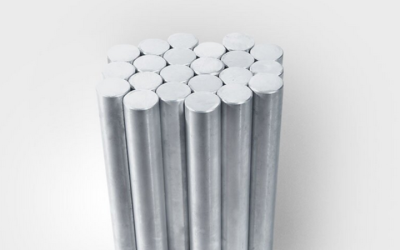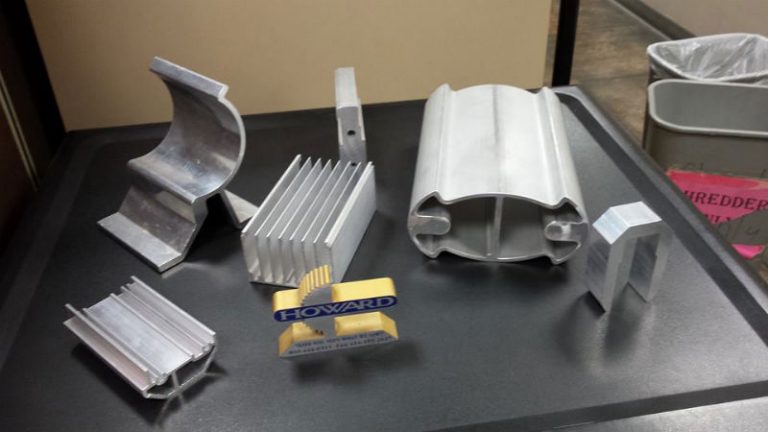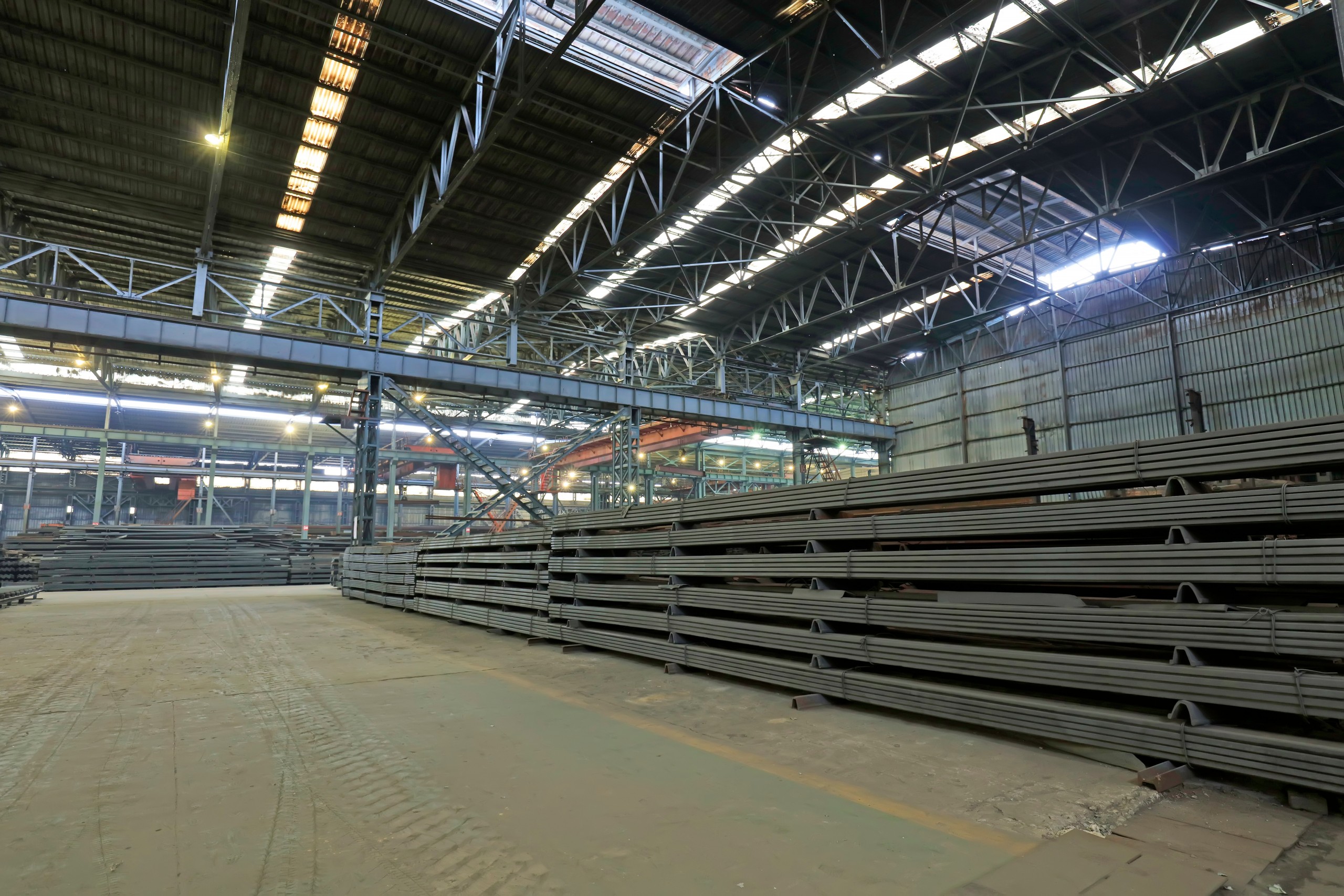Each aluminum alloy in each series has unique properties and attributes that make it a superior choice over the other alloys in that series or other series. There is no one aluminum alloy that is right for all tasks, although 6061 is generally seen as the most commonly used across a broad range of applications and industries.
Knowing the specifics of each type of alloy before choosing one over another for a project takes a bit of research, but it does have its benefits. One often overlooked option is 5083 aluminum, which is an excellent option when thermal conductivity, stability, and ductility are factors within the application.
The Alloy
As with all alloys, 5083 aluminum is made up largely of aluminum. In this case, each manufacturer will have a specific percentage, but it will be no less than 92.4% and no more than 96.5% of the makeup of the alloys. The next highest volume alloying agent will be magnesium at 4.9% maximum and about 4% of the minimum of the range.
Making up the balance of the alloy will be titanium, iron, manganese, chromium, silicon, zinc and copper. As aluminum is recycled, it is very likely that small trace amounts of other metals may be present in 5083 aluminum, but they will have no impact on the characteristics or performance.
Working with the Alloy
5083 is considered a very easy aluminum alloy to work with. It is easy to weld and, unlike some alloys, it doesn’t lose strength with both resistance as well as arc welding process. It is not an alloy that should be machined, in fact, the machinability is considered poor. To balance this, it’s easy to form and is considered to be excellent for bending and forming.
While you will find 5083 used in marine applications because of its resistance to salt water corrosion, it is also ideal for cryogenic vessels and equipment and storage tanks, drilling rigs and military and defense applications.



